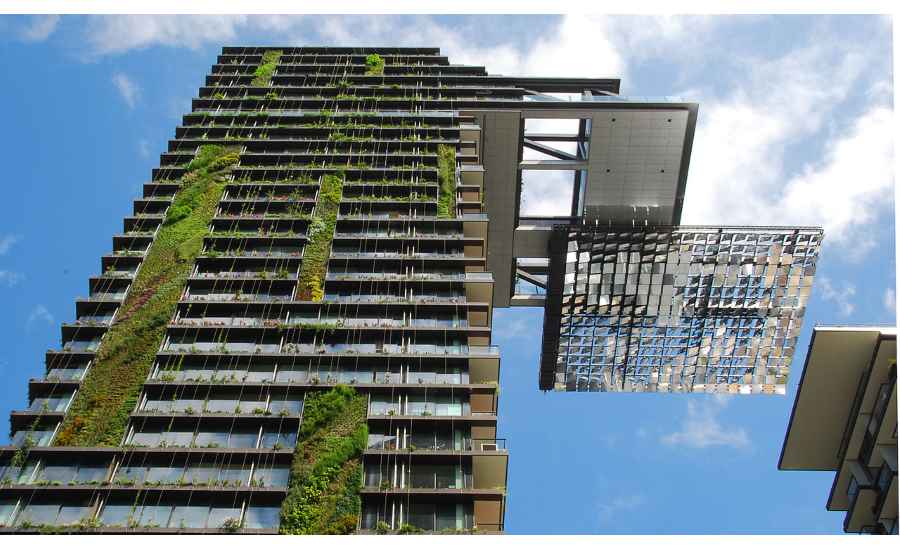Eco-friendly construction is being more and more used every day, especially in commercial building. This is a modern and inspiring effort to help the environment and preserve it for future generations. But what is a green building then? Simply put, green building is an environmentally-conscious construction which uses special materials and methods that won’t harm the environment.
With that in mind, here are the general and basic facts you should know about it, especially if you plan to buy an office in such commercial building, or an apartment in a residential one.
1. Use as many improvements as possible
You don’t have to decide on one feature, but you can use as many as you can since that will only make the building better and greener. So, instead of choosing only one state of the art system, incorporate as many as you can. For example, use solar powered ventilators instead of air-conditioners and water harvesting and purification for purposes of the building users.
2. Green construction materials
The most common green construction practices include using the sustainable building materials like wood and recycled glass and also renewable materials like rubber and bamboo. The paint needs to contain the lowest possible quantities of volatile organic compounds or VOC which are also toxic to humans and animals.
Steel is an eternally sustainable material which once manufactured can be forever. You can recycle it and it's never wasted away so its use is a solid investment and eco-friendly choice. “If we want to achieve really green buildings, we need to accept that building design or architecture may be influenced by the environmental standards we set,” says Marius Holm, managing director for Zero Emission Resource Organization (ZERO).
3. Consider a green roof system
The green roof system is basically having plants on your roof which can actually do a lot for creating an eco-friendly environment. Landscaping experts from Sphere Construction Company state that these types of roofs improve stormwater management, conserve energy, reduce noise and protect the roofing membrane. That will turn your roof into an oasis that will serve as habitat for wildlife and give room for urban agriculture. Additionally, such landscaping can create a space designated for a recreation of employees, brainstorming activities and relaxation during breaks.
4. Insulation is very important
If the insulation is good, then you won’t have to spend too much energy on the HVAC system. This also includes windows and doors, which can easily release the air in and out of the building though inappropriate sealants. Insulation will make your building energy efficient and lower the gas emissions your HVAC unit emits into the atmosphere.
However, some insulation materials commonly used in the construction are harmful like fiberglass and cellulose. But new materials are present on the market like wool and cotton that are equally efficient and were actually used for thousands of years.
5. Renewable energy is the future
Photovoltaic energy is still not part of the majority of residential buildings, but commercial ones are more and more seeing it as the future investment. This type of energy collection is clean, renewable and it will lower the expenses for the building considerably. And the best thing is that solar energy is unlimited and doesn't emit greenhouse gasses or other pollutants.
Although photovoltaic systems were expensive, the competitive market and high demand have lowered the prices in the recent years. The solar panels are practical and can serve as the roof on the building or parking lot. The production and consumption vary depending on the building and location, but even when partially used, photovoltaic energy can make a lot of difference for the environment.
Final words
Green building is not unreachable or hard to achieve, but for now, the expenses are higher than for the eco-friendly construction. However, in the long run, green construction is a cost-effective solution that not only saves the planet but also has a positive impact on the overall expenses of the building.
